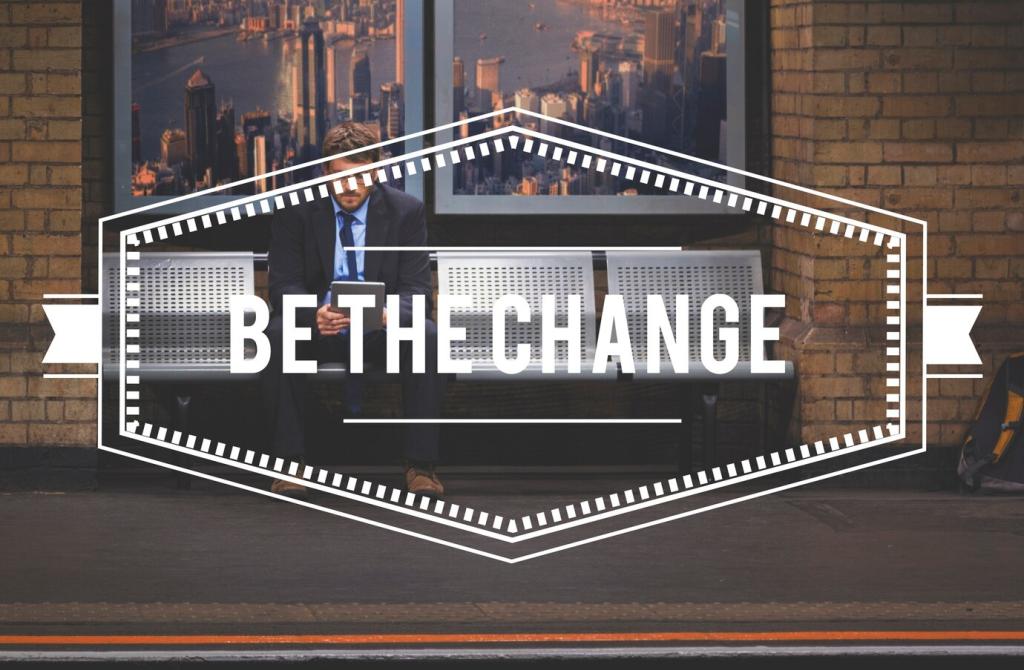Defining Purpose and Community Impact
Transform a spark—like honoring a tradition or amplifying diaspora voices—into a crisp intent statement. Define who benefits, why now, and what change you hope to create, then invite stakeholders to pressure-test it.
Defining Purpose and Community Impact
List communities, artists, elders, youth leaders, vendors, neighbors, and public agencies. Identify shared interests and potential tensions. Engage early with listening sessions that respect protocol and language preferences, building trust before logistics begin.



